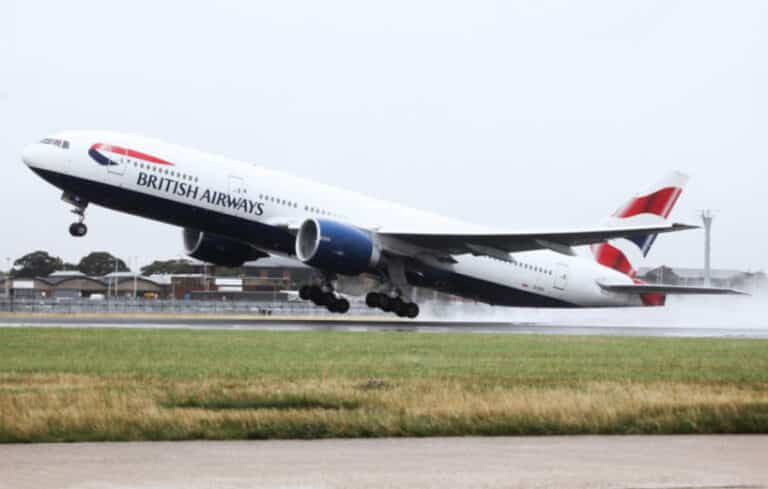IAG Cargo’s Critical service has been described as a “roaring success” with some unexpected customers using it, commercial director David Shepherd (pictured below) tells Air Cargo Week (ACW).
The premium service was launched on 3 October providing shipments an absolute guarantee to fly on the service booked.
It is designed for time urgent shipments which often have significant cost implications if they do not arrive on time.
Shepherd tells ACW: “Critical has been a roaring success in the first few weeks. Our three big premium products are showing good signs we hoped that they would.”
He adds: “You are never sure which sectors are going to use it. It has surprised us, from the predictable sectors such as aerospace and pharmaceuticals that you would expect to dominate the service, but we have also moved perishables.”
The service has been proving very reliable, with Shepherd explaining: “We haven’t had a single failure, which is what customers are hoping for.”

He says IAG Cargo is confident entering the peak season and you never know what to expect but it has seen very strong demand in recent weeks, describing it as “better than previously thought”.
Shepherd notes Asia Pacific is at its “strongest for a long time”, telling ACW: “Customers in Asia are looking for a lot of capacity.”
IAG Cargo is continuing to make investments, Shepherd explains: “We are continuing to invest in infrastructure and premium products. What is happening at the moment gives us confidence that we are right to make big capital expenditures. Infrastructure helps growth.”
The airline group is also investing in new aircraft, and Shepherd says: “The new aircraft mean we can fly into a lot of places. There is strong cargo demand so they give the opportunity to align customer demand.
“It is very helpful to have new generation cargo aircraft to help us do that.”
In October, IAG Cargo posted commercial revenue of €240 million over the period from 1 July to 30 September in the third quarter of 2016 – a fall of seven per cent on the same quarter last year.
Volumes were up 4.5 per cent, but yields decreased 10.5 per cent.





